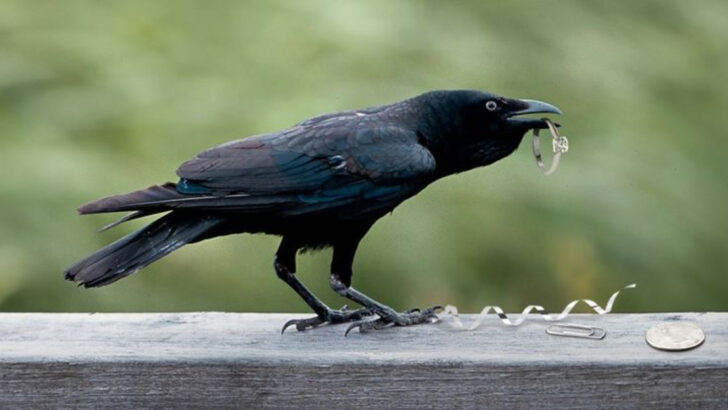You’re not as unique as you think.
That look your dog gives you? It’s not random.
The way elephants grieve? It’s heartbreakingly familiar.
And don’t even get started on dolphins—they might be having more meaningful conversations than most dinner parties.
We like to believe we’re one-of-a-kind.
Top of the food chain. Masters of emotion, language, and logic.
But nature’s been doing this dance far longer than we have—and in many ways, animals are right there with us.
Get ready to meet your not-so-distant cousins.
From empathy to self-awareness to downright sass, these 13 traits will make you question just how “human” we really are.
Elephants and Empathy
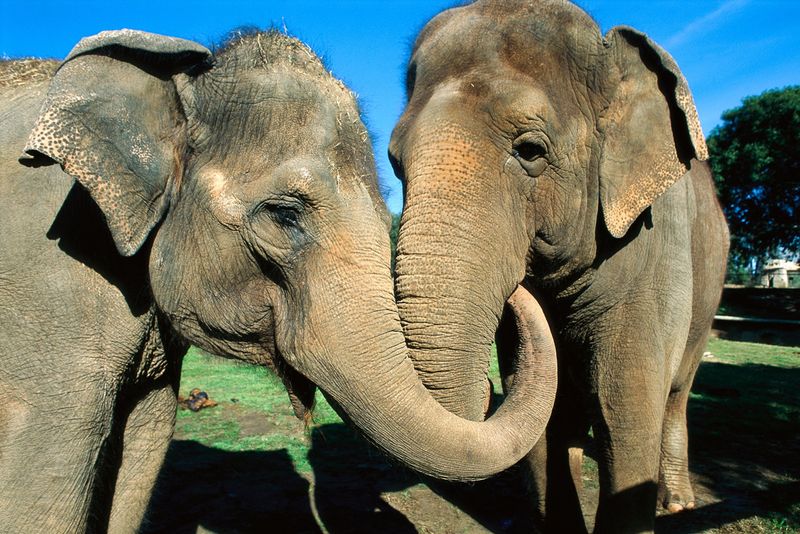
With their massive ears and gentle eyes, elephants are known for their incredible empathy. These magnificent creatures have been observed comforting each other in times of distress. Imagine an elephant gently wrapping its trunk around a grieving companion.
This behavior mirrors human empathy, where we extend support to those in need. Elephants’ emotional intelligence is a testament to the rich emotional lives many animals lead.
In the wild savannah, elephants exhibit a level of care and consideration that challenges our understanding of intelligence and compassion. Their ability to show empathy highlights the deep-rooted connections that transcend species boundaries.
Dolphins and Communication
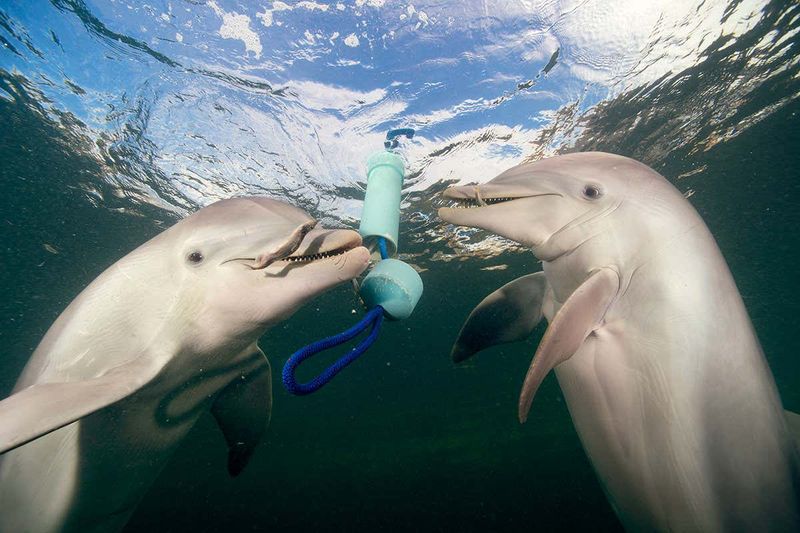
Dolphins, with their sleek bodies and playful antics, are masters of communication. They use a series of clicks, whistles, and body movements to convey messages. Their sophisticated language includes unique signature whistles for individual identities, akin to human names.
In a vibrant ocean setting, dolphins display a complex social structure built on advanced communication skills. Their use of echolocation adds another layer of interaction, allowing them to navigate and hunt efficiently.
Dolphins’ ability to communicate effectively parallels human linguistic capabilities, showcasing the intelligence and adaptability of these marine mammals.
Chimpanzees and Tool Use

In the dense jungles, chimpanzees display remarkable problem-solving skills through their use of tools. Imagine a chimpanzee patiently using a stick to extract termites from a mound, a behavior that echoes human ingenuity.
This trait exemplifies the cognitive abilities shared between humans and our primate cousins. Tool use among chimpanzees reveals their capacity for forward thinking and planning. Their innovative approach to challenges highlights the evolutionary roots of human technology.
The parallels in tool use between chimpanzees and humans emphasize the shared heritage of intelligence and adaptation in the animal kingdom.
Octopuses and Problem Solving
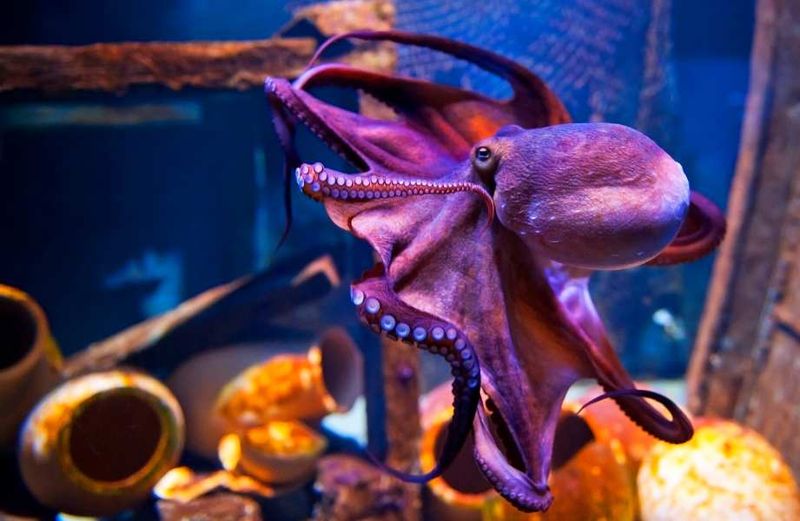
Octopuses, with their soft bodies and eight arms, are the enigmas of the sea. Known for their extraordinary problem-solving skills, these creatures can navigate complex mazes and open jars to access food.
In the confines of an aquarium tank, an octopus’s dexterity and intelligence shine as it tackles a challenging puzzle. This ability to solve problems mirrors human cognitive processes. Octopuses’ capability to adapt and innovate in their environment underscores the shared trait of intelligence across species.
Their problem-solving prowess challenges the conventional understanding of animal intelligence.
Dogs and Loyalty
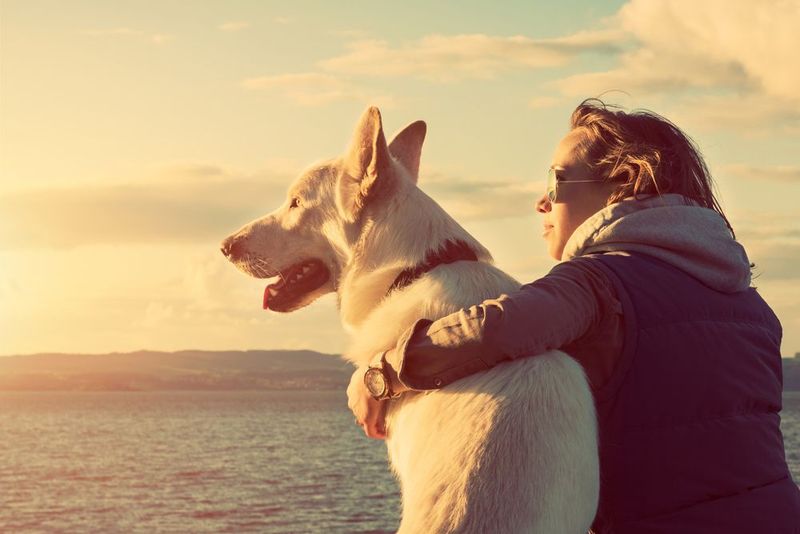
With wagging tails and eager eyes, dogs epitomize loyalty. Their unwavering devotion to humans is legendary, making them cherished companions worldwide. Picture a dog waiting patiently by the door for its owner to return.
This steadfast bond has been forged over millennia, cementing dogs as “man’s best friend.” Their loyalty is not just an emotional trait but a cornerstone of their social structure.
Dogs’ understanding of human emotions and their capacity to form deep attachments reflect a shared social connection that transcends species barriers, highlighting the unique bond between humans and their canine friends.
Crows and Intelligence
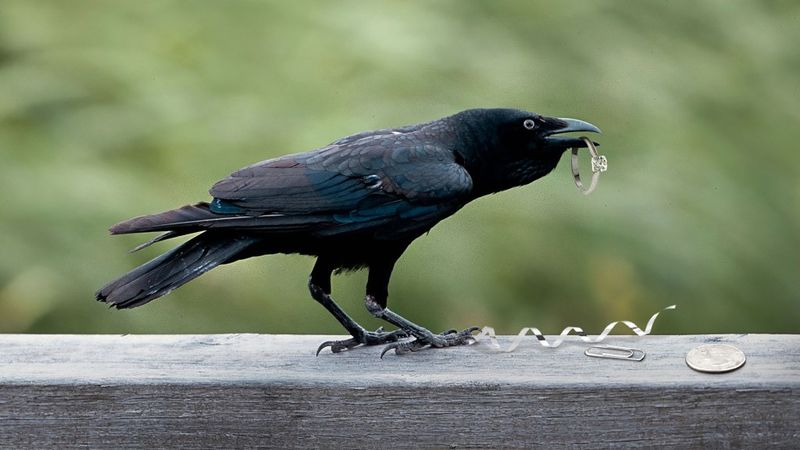
Crows, with their glossy black feathers and sharp eyes, are renowned for their intelligence. These birds can solve complex puzzles and use tools to access food, showcasing a level of problem-solving ability that rivals primates.
Imagine a crow manipulating a stick to extract food from a container, illustrating its cleverness. In urban and wild settings alike, crows demonstrate adaptability and insight, often outsmarting their environment.
Their intelligence parallels human problem-solving skills, pointing to a remarkable cognitive convergence. Crows’ abilities invite a reevaluation of avian intelligence, bridging the gap between humans and birds.
Whales and Social Structures
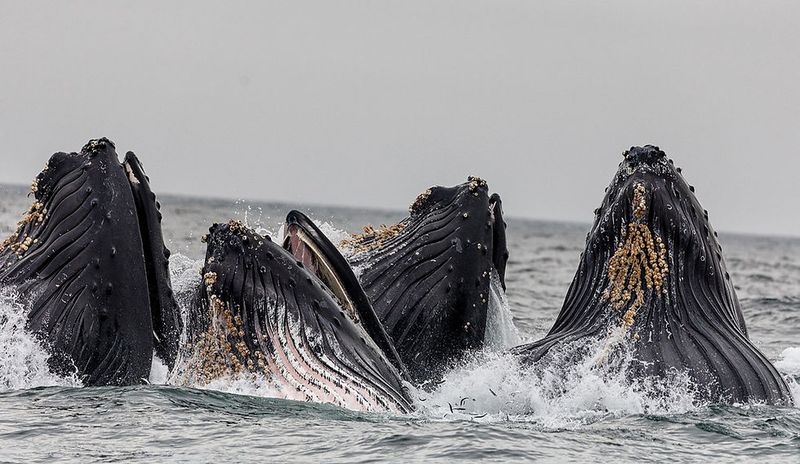
In the vast oceanic expanse, whales travel in pods, exhibiting intricate social structures. These gentle giants communicate using melodious songs that convey information across great distances. Picture a pod of whales seamlessly navigating the ocean as a cohesive unit.
Their social interactions are complex, involving cooperation and coordination akin to human societies. Whales’ ability to maintain such structured social groups highlights a shared aspect of community and social organization.
These marine mammals’ sophisticated social systems reflect a parallel evolution of social behavior, offering insights into the nature of communal living.
Parrots and Vocal Mimicry

Parrots, with their vibrant plumage and lively personalities, captivate with their ability to mimic human speech. This vocal mimicry showcases not only their intelligence but also their social nature. Imagine a parrot echoing a conversation in a bustling rainforest.
Beyond entertainment, this skill is an adaptation for social bonding within their flocks. Parrots’ capacity to imitate sounds reflects a complex auditory processing ability similar to humans. Their vocal talents highlight the cognitive connections between avian and human communication. Parrots remind us of the shared intricacies of language and social interaction across species.
Ants and Organization
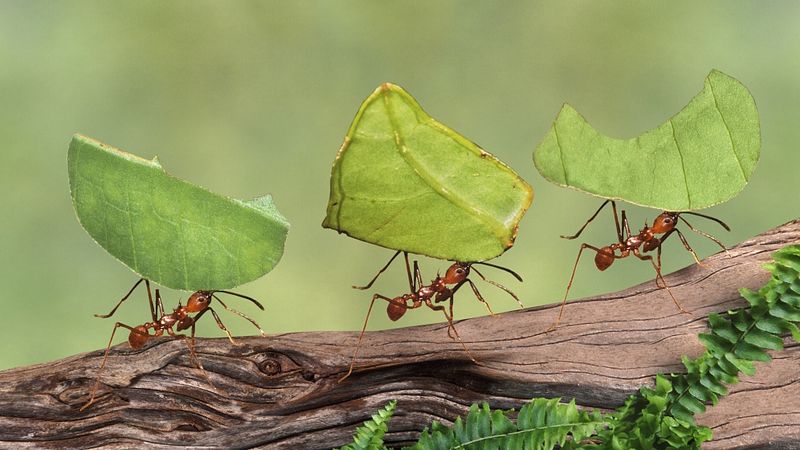
Ants might be small, but their organizational skills are monumental. Working in unison, ants create complex nests and coordinate efficiently to gather food. Visualize a bustling colony of ants collaboratively constructing their home.
This teamwork and division of labor mirror human organizational structures, where individuals contribute to the greater good. Ants’ ability to organize and strategize emphasizes a shared evolutionary trait of cooperation.
Their meticulous coordination offers a glimpse into the origins of societal structures, showcasing the profound connections in problem-solving and teamwork across diverse life forms.
Bats and Echolocation
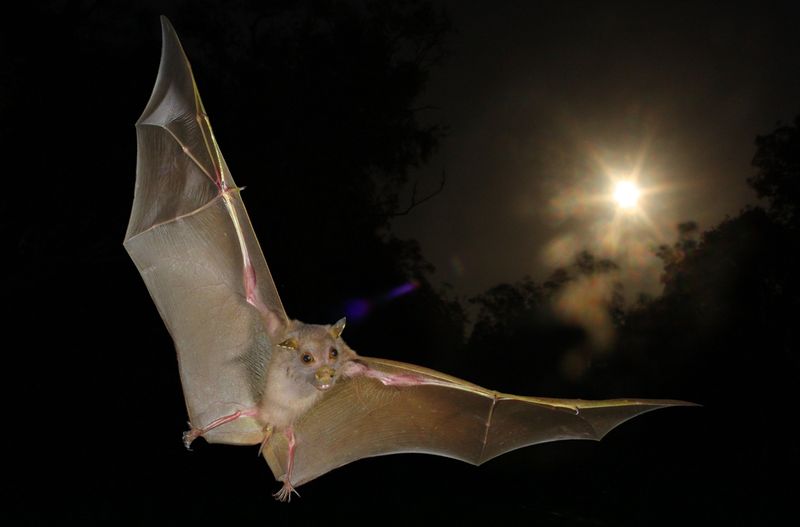
In the twilight skies, bats dart with precision, using echolocation to navigate and hunt. This extraordinary ability allows them to perceive their environment through sound waves, a technique that parallels human technological innovations.
Picture a bat in mid-flight, its sonar guiding it through the dark. This adaptation highlights the ingenuity shared by nature and human invention. Bats’ echolocation showcases a unique sensory capability that enhances their survival.
The parallels between bat echolocation and human radar systems underscore the shared pursuit of conquering challenges through innovation.
Bees and Communication

Bees, with their industrious nature, are masters of communication within their hives. Through the waggle dance, bees convey information about food sources, demonstrating a complex communication system. Picture bees busily dancing in a hive to share their discoveries.
This intricate method of communication mirrors human language in its purpose and complexity. Bees’ ability to coordinate and communicate effectively showcases a shared trait of social collaboration.
Their sophisticated interactions highlight the connections between eusocial insects and human societies, emphasizing the universality of teamwork and information exchange.
Cats and Independence
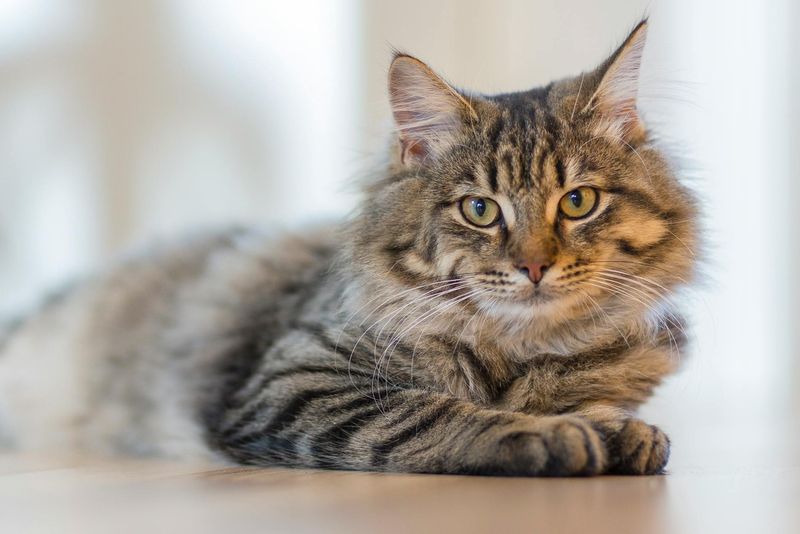
Cats, with their graceful movements and keen senses, are symbols of independence. Unlike many domesticated animals, cats often exhibit a strong sense of autonomy. Imagine a cat silently exploring a garden, guided by its curiosity.
This independence is rooted in their evolutionary history as solitary hunters. Cats’ behavior reflects a balance between social interaction and self-reliance, akin to human individualism.
Their ability to thrive both in solitude and companionship highlights a shared adaptability. The independent nature of cats invites a reflection on the balance of freedom and connection in life.
Penguins and Parenting

In the harsh Antarctic environment, penguins exemplify devoted parenting. Picture a penguin carefully cradling its chick against the icy wind. This unwavering dedication ensures the survival and growth of their young.
Much like human parents, penguins exhibit nurturing behaviors and strong family bonds. Their cooperative parenting strategies, where both parents play active roles, parallel human family dynamics.
Penguins’ commitment to raising their offspring in challenging conditions highlights the shared trait of parental care and resilience. This dedication underscores the universal importance of family and nurturing across species.

